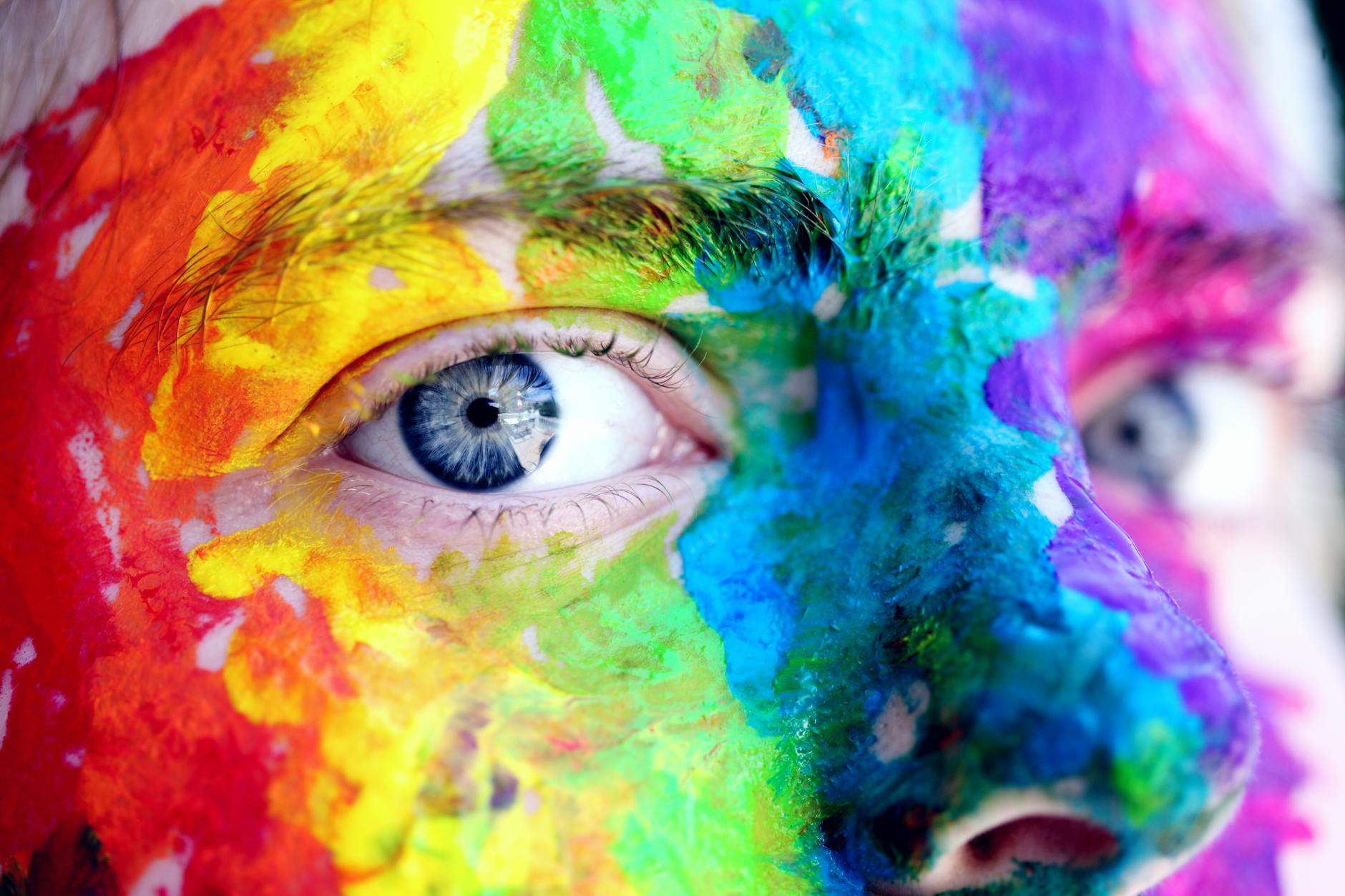Article 4: The Importance of Color and Typography – Fundamentals of Visual Design
Introduction
In UI design, color and typography play a significant role in shaping user impressions and usability. These elements are not just about aesthetic appeal but also help convey information hierarchy and evoke emotions. This article explores the role of color and typography in UI design, offering insights into their selection and the impact they have on UX (User Experience).
The Role of Color in UI Design
Color is one of the most visually impactful elements in UI design. Appropriate use of color not only expresses a brand’s identity but also influences user emotions and improves usability.
1. Psychological Effects of Color
Colors carry psychological connotations that can influence user behavior and emotions.
- Red: Stimulates urgency and passion. Often used for error messages or calls to action.
- Blue: Evokes calmness and trust. Common in financial or corporate websites.
- Green: Symbolizes nature, health, and harmony. Frequently used for eco-friendly or wellness-related services.
- Yellow: Draws attention and conveys energy. Effective for highlighting promotions or warnings.
- Purple: Represents luxury and creativity. Used to emphasize elegance or innovation.
2. Consistency and Brand Identity
Colors are essential for establishing brand identity and consistency. A unified color palette across a website or app fosters familiarity and professionalism. For example, Coca-Cola’s vibrant red and Facebook’s calm blue reinforce their brand recognition.
- Primary Colors: Represent the core brand identity and dominate the design.
- Secondary Colors: Complement primary colors to highlight specific elements and prevent monotony.
3. Contrast and Legibility
Proper color contrast is critical for visibility and readability. Poor contrast between text and background can make content inaccessible, especially for users with visual impairments or color blindness.
- Light and Dark Contrast: Use dark text on light backgrounds or vice versa for clarity.
- Color Blindness Considerations: Avoid relying solely on red and green; instead, differentiate with brightness or add visual cues.
4. Crafting a Color Palette
Selecting a well-balanced color palette is key to creating visually harmonious designs.
Components of a Color Palette
- Primary Colors: Used most frequently to establish the main theme.
- Secondary Colors: Provide contrast and variety.
- Accent Colors: Draw attention to specific actions, such as CTA (Call-to-Action) buttons.
Example
Slack uses a soft, friendly palette that balances creativity and clarity. Its clearly defined colors create consistency and guide users intuitively.
The Role of Typography in UI Design
Typography involves the visual arrangement and styling of text. Well-chosen typography enhances readability and helps users grasp information more efficiently.
1. Choosing the Right Font
Font selection significantly impacts a brand’s tone and user experience. It affects readability and conveys the intended personality of the product.
Types of Fonts
- Sans-Serif Fonts: Modern and clean, ideal for digital interfaces due to their simplicity and readability. Examples: Helvetica, Roboto, Arial.
- Serif Fonts: Classic and formal, suitable for print and long-form text. Examples: Times New Roman, Georgia.
- Display Fonts: Unique and decorative, used for headings or standout elements.
Tips for Font Selection
- Prioritize Readability: Choose fonts that are easy to read at smaller sizes.
- Match the Brand’s Tone: Align font styles with the brand’s identity (e.g., a legal firm may use formal serif fonts, while startups may prefer modern sans-serif fonts).
2. Hierarchical Structure in Typography
Creating a clear visual hierarchy ensures that users can quickly understand information priorities.
Building a Hierarchy
- Headings (H1, H2, H3): Use larger font sizes for main headings to highlight primary topics.
- Body Text: Ensure readability with appropriate line spacing and font size.
- Emphasized Text: Use bold or colored text to draw attention to specific elements like CTAs.
Example
News sites like BBC effectively utilize typography hierarchies, with large headings and readable body text to guide users through content seamlessly.
3. Responsive Typography
Responsive typography ensures that text remains legible and well-structured across various screen sizes.
Techniques
- Relative Font Sizes: Use em or rem units instead of pixels for adaptable text sizing.
- Adjust Line Spacing and Letter Spacing: Provide adequate spacing on smaller screens to prevent text from appearing cramped.
Example
Google Fonts offers responsive design options, ensuring consistent typography across devices, enhancing the user experience on desktops and mobile devices alike.
Combining Color and Typography
A harmonious blend of color and typography enhances visual clarity and user engagement.
1. Enhancing Hierarchy with Color
Using color to complement typography can emphasize visual hierarchy. For example, use bold colors for headlines and subdued tones for body text to naturally guide user attention.
2. Accessibility Considerations
Combining color and typography effectively requires accessibility measures, such as ensuring sufficient contrast ratios for text and avoiding overly light fonts on bright backgrounds.
Example
Dropbox’s website demonstrates a clean combination of color and typography. Vibrant blues and blacks highlight essential information, ensuring an intuitive design.
Who Should Read This Article?
This article is particularly beneficial for:
- UI and Graphic Designers: To grasp the fundamentals of color and typography for visually optimized interfaces.
- Developers: To integrate consistent and accessible design principles in front-end development.
- Marketing Professionals: To strengthen visual branding and create a lasting impact on users.
Conclusion
In UI design, color and typography are essential for both visual appeal and information clarity. Thoughtful color choices and hierarchical typography create intuitive and accessible designs, improving user engagement and satisfaction. By considering accessibility and consistency, designers can craft interfaces that resonate with diverse audiences.
In the next article, we’ll explore the importance of mobile-first design in modern UI/UX. Stay tuned!
Thank you for reading.
At Greeden, we help transform your ideas into reality. Our expertise in system development and software design enables us to support your growth and solve complex challenges with tailored solutions.
If you have any questions or wish to discuss your project, feel free to contact us. Let’s bring your vision to life.
